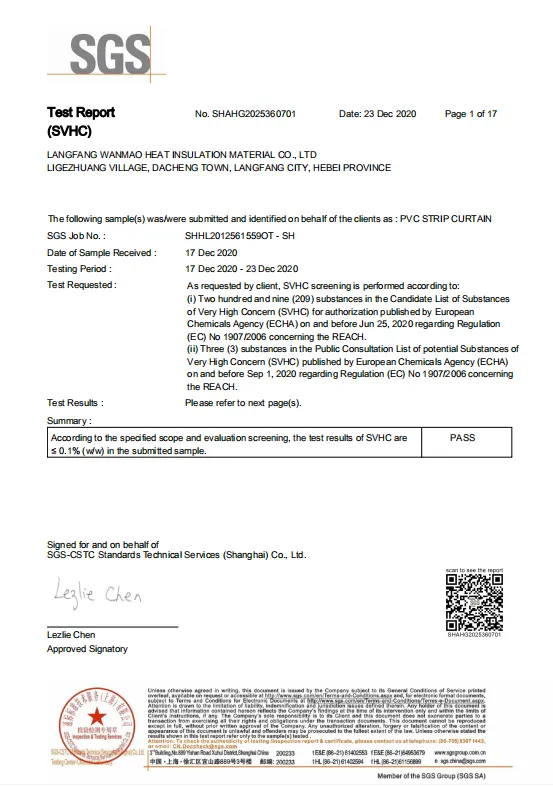Exploring Innovative Technologies and Advancements in Computer Hardware Development
The Evolution of Hardware From Past to Present
In the rapidly evolving world of technology, hardware plays a pivotal role in shaping our everyday experiences and interactions. Hardware, in the simplest terms, refers to the physical components of a computer or electronic device. This includes everything from the central processing unit (CPU) and memory to peripheral devices like keyboards, mice, and monitors. The enhancement of hardware has propelled significant advancements in computing power, efficiency, and overall functionality.
In the early days of computing, hardware was bulky and cumbersome. Devices such as the ENIAC, which was completed in 1945, occupied entire rooms and required extensive maintenance. The technology was primitive by today’s standards, relying on vacuum tubes and mechanical switches to perform calculations. Despite its limitations, ENIAC and similar systems laid the groundwork for future developments.
As technology advanced, the introduction of transistors marked a significant turning point in the hardware landscape. Transistors replaced vacuum tubes, becoming smaller, more reliable, and more energy-efficient. This shift allowed for the development of smaller computers, leading to the miniaturization of hardware components. The invention of the integrated circuit in the 1960s further revolutionized the field, enabling multiple components to be manufactured on a single chip. This leap in technology set the stage for the personal computer (PC) revolution of the late 20th century.
The 1980s and 1990s witnessed a rapid proliferation of personal computers, driven by advancements in hardware
. Companies like IBM and Apple produced user-friendly machines that brought computing into homes and offices. As hardware capabilities grew, so did the demand for software, leading to a symbiotic relationship between the two sectors. This era saw the rise of the graphical user interface (GUI), which made computers more accessible to the general public.hardware

The 21st century ushered in an age of remarkable advancements in hardware technology. The development of multi-core processors has significantly increased computing power, allowing for parallel processing and enhanced performance for complex tasks. Moreover, the introduction of solid-state drives (SSDs) has transformed data storage, offering faster read and write speeds compared to traditional hard disk drives (HDDs). These innovations not only improved the speed and efficiency of devices but also contributed to a decline in energy consumption.
Today, hardware is characterized by an ever-increasing emphasis on portability and connectivity. The advent of smartphones and tablets has reshaped the landscape, as these devices integrate powerful hardware into compact designs. Mobile technology has enabled people to access information, communicate, and perform tasks on-the-go, fundamentally altering how we interact with technology.
Another critical trend in contemporary hardware development is the rise of artificial intelligence (AI) and machine learning. Dedicated hardware, such as graphics processing units (GPUs) and tensor processing units (TPUs), have been optimized for AI workloads, enabling faster data processing and more efficient model training. These advancements are not only enhancing consumer technology but are also expanding the capabilities of sectors such as healthcare, finance, and autonomous vehicles.
Looking ahead, the future of hardware holds even more promise. Emerging technologies such as quantum computing aim to revolutionize processing power, offering unprecedented capabilities in data analysis and problem-solving. Additionally, advancements in materials science are paving the way for flexible and biodegradable hardware, which may redefine our relationship with technology.
In conclusion, hardware has undergone a remarkable evolution from the days of room-sized computers to today’s powerful, portable devices. As we continue to innovate and push the boundaries of what is possible, hardware will remain the backbone of technological advancement, shaping our future in ways we can only begin to envision. The journey of hardware is a testament to human ingenuity and the relentless pursuit of improvement, promising an exciting horizon ahead.
-
Flexible PVC Sheet Supplier – Durable Flexible Plastic & Ribbed Sheets Custom SolutionsNewsJun.10,2025
-
Magnetic Curtain Wide – Durable, Easy Install, Perfect Fit for DoorsNewsJun.10,2025
-
Flat Anti-Insect PVC Strip Curtain Effective Insect Control SolutionNewsJun.10,2025
-
Opaque PVC Strip Curtains Insect-Proof & Privacy SolutionsNewsMay.30,2025
-
3mm PVC Sheets - Durable, Lightweight & Waterproof 1mm & Rolls AvailableNewsMay.30,2025
-
Polar Curtains Energy-Efficient Thermal Insulation Solutions Shop NowNewsMay.29,2025



